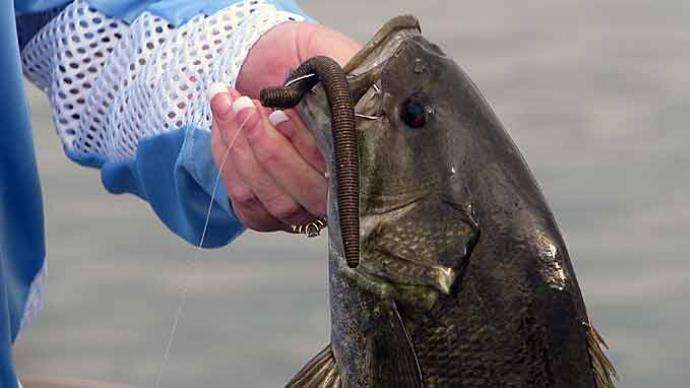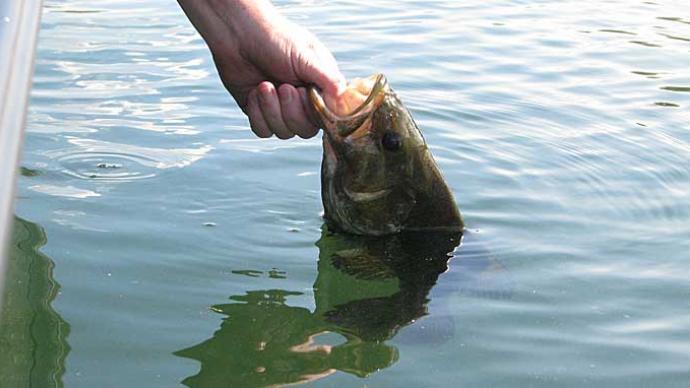Hank Parker reveals the most important things he looks at when fishing unfamiliar lakes. These are great tips for finding fish on new water!
Visit Hank Parker's site: http://www.hankparker.com/
or on Facebook: https://www.facebook.com/hankparkersoutdoormagazine/
Transcription:
Glenn: Hey, folks. Glenn May here with BassResource.com, and I'm here with Hank Parker with another episode of a Hank Parker Fishing Tips, Hank Parker's Fishing Tips.
Hank: I like that. Hank Parker Fishing Tip.
Glenn: There we go. Hank, this week's question comes from Chris from Maryland. And he asks or she asks, "If you are scheduled to fish a lake or river that you haven't fished in a long time, what are the three most important things you look at?"
Hank: That is a great question and I appreciate that. Number one, I want to know if that water's been rising or falling. That is critical. When I go to a lake, is the water rising or falling? Obviously, I already know based on the time of the year whether it's pre-spawn or post-spawn. But that's very important to take into consideration. And the third thing that I want to know is watercolor. And today, we've got so much more information we had when I was fishing on the tournament circuit, I'd always charter airplane and fly, and look at the...look at the water from the air. And if it was a little off-colored water in a certain area, I can mark it on my little paper map before we never had LakeMaster from Hummingbird, and Navionics, and all the other maps that are out there. We just wrote it on a paper map and I would fly the lake.
But I like that information. I want to know, is there muddy water somewhere. Because it's a lot easier in most cases to catch big fish and trick them in off-colored water than it is clear water. So I'm always looking for that advantage in that little bit of off-colored water. I want to know if the water's been rising or falling. If the water's been rising, the fish are gonna be on the inside. They're gonna be on the inside of the breaks. They're gonna be up shallow. If the water's been falling, they're gonna be on the outside. They're gonna be on the break lines. So, all of that is really important before I start to look. But I gather that information, and then I go through a process A, B, C and try to put my pattern together.
Glenn: Perfect. Perfect. Chris, I really do hope that helps you. For more tips and tricks like that, you need to visit HankParker.com, where there's lots of tips and tricks and articles posted by Hank. And if you want to be notified the next time we post Hank's tips, subscribe to our channel.



